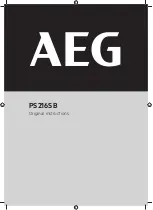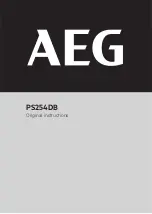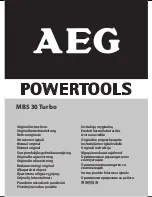
14
3.3.1 Cautions with Stainless Steel:
The Stainless Steel may present rust signs, which ARE ALWAYS CAUSED BY EXTERNAL
AGENTS, especially when the cleaning or sanitization is not constant and appropriate.
The Stainless Steel resistance towards corrosion is mainly due to the presence of chrome,
which in contact with oxygen allows the formation of a very thin protective coat. This
protective coat is formed through the whole surface of the steel, blocking the action of
external corrosive agents.
When the protective coat is broken, the corrosion process begins, being possible to avoid
it by means of constant and adequate cleaning.
Cleaning must always be done immediately after using the equipment. For such end, use
water, neutral soap or detergent, and clean the equipment with a soft cloth or a nylon
sponge. Then rinse it with plain running water, and dry immediately with a soft cloth, this
way avoiding humidity on surfaces and especially on gaps.
The rinsing and drying processes are extremely important to prevent stains and corrosion
from arising.
IMPORTANT
Acid solutions, salty solutions, disinfectants and some sterilizing solutions
(hypochlorites, tetravalent ammonia salts, iodine compounds, nitric acid and
others), must be AVOIDED, once it cannot remain for long in contact with the
stainless steel.
These substances attack the stainless steel due to the CHLORINE on its composition,
causing corrosion spots (pitting).
Even detergents used in domestic cleaning must not remain in contact with the stainless
steel longer than the necessary, being mandatory to remove it with plain water and then
dry the surface completely.
Use of abrasives:
Sponges or steel wool and carbon steel brushes, besides scratching the surface
and compromising the stainless steel protection, leave particles that rust and react
contaminating the stainless steel. That is why such products must not be used for cleaning
and sanitization. Scrapings made with sharp instruments or similar must also be avoided.
Main substances that cause stainless steel corrosion:
Dust, grease, acid solutions such as vinegar, fruit juices, etc., saltern solutions (brine),
blood, detergents (except for the neutral ones), common steel particles, residue of sponges
or common steel wool, and also other abrasives.
Содержание SI-315HD
Страница 2: ...2 ENGLISH 3 ESPA OL 23 FRAN AIS 43 INDEX...
Страница 42: ...42...
Страница 61: ...61...















































